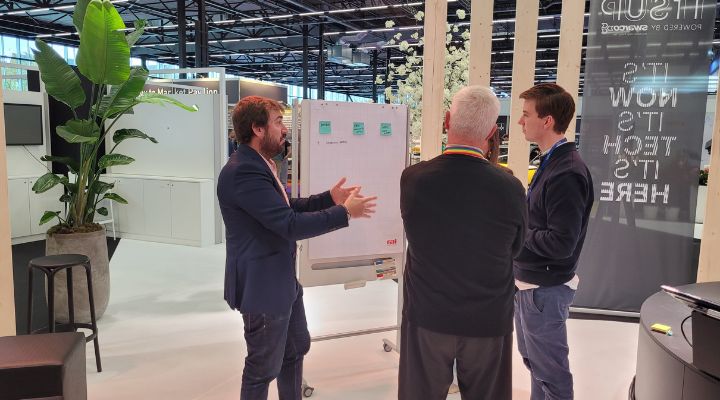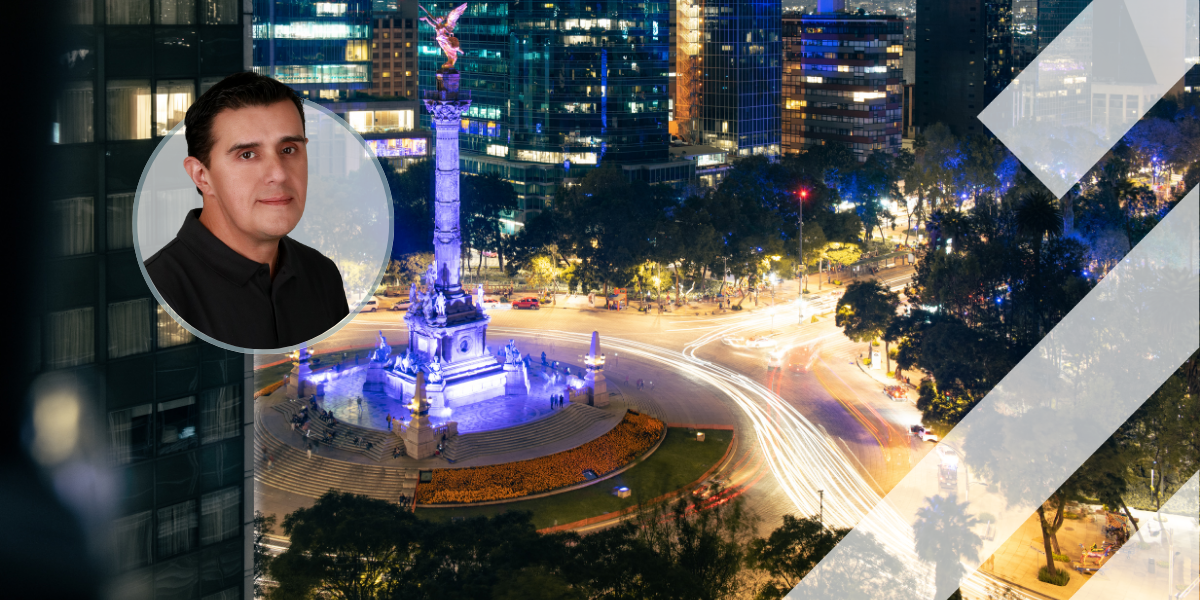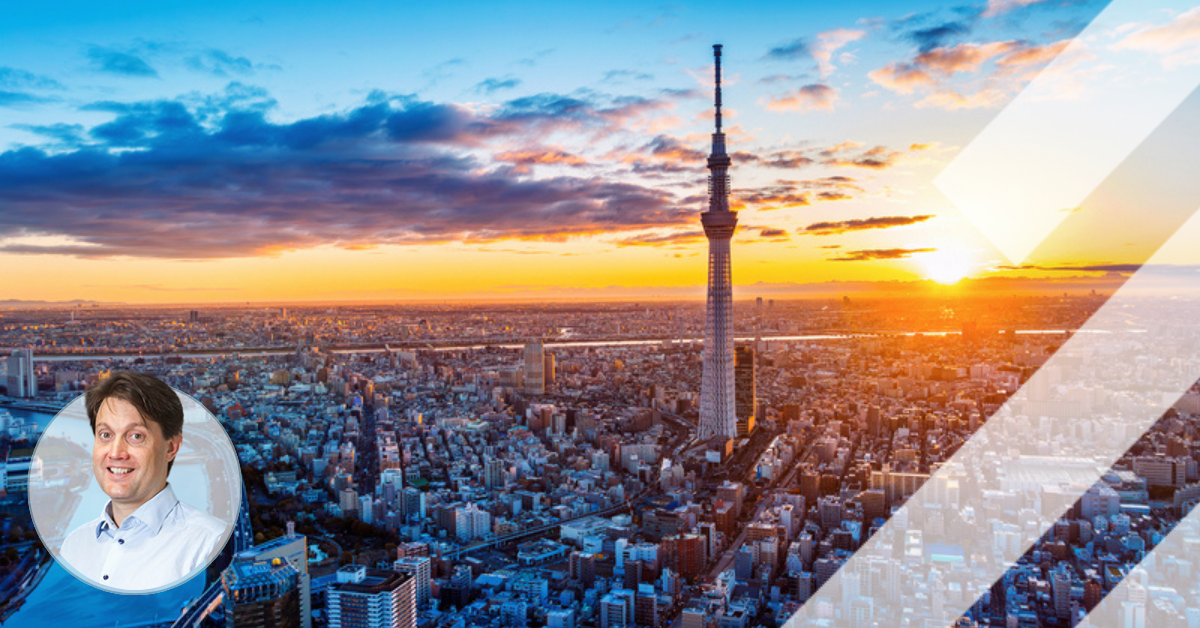MaaSTERCLASS – What drives the future users of the mobilty ecosystem?
Intertraffic’s final event of the 2024 version (at least for those that don’t speak Dutch) proved to be one of the most interesting and certainly the most interactive.
That it came just a few weeks after its star turn, MaaS pioneer Sampo Hietanen, announced that the company the Finn had headed up since 2015 had filed for bankruptcy. “MaaS Global is dead – long live MaaS!” read one press headline, and although Hietanen didn’t directly address the issue to his audience that largely comprised students and representatives from start-ups, there was an undoubted air of poignancy to much of his advice.
“Ultimtely, MaaS should be considered a societal issue as much as it a business one,” he concluded after extolling the virtues of the industry that he helped to shape for over an hour, ably assisted by MaaS Alliance’s Roelof Hellemans. One particular bugbear of Hietanen’s is that despite MaaS being seen initially as one of the great mobility disrupters of our time, its progress was regularly held back by what he referred to as ‘middle aged men’ who, rather than see the potential of MaaS to change the way that their city’s citizens move around (via a multimodal subscription fee for any reader still unfamiliar with the term), often adopted the defensive attitude of ‘it might well work in your city but it wouldn’t work in mine’ and didn’t progress the discussions.
Any successful MaaS system has to be both hub-based and walkable, otherwise it’s defeating its own primary objective but, as Hietanen recounted: “People are obsessed about owning a car, but we need to get over it. It’s the need for freedom unites us all, but a solution that suits us all just isn’t possible.”

On how to create a successful MaaS scheme, Hietanen had two irrefutable tips: make it citycentric and ensure that its flexibility is the first step you take. “People spend €30,000 on a car that they use for 10% of their journeys and perhaps €700 on a MaaS subscription package that they use for the other 90%. The business case is right there in the unused trips.”
Among other tips, Hietanen highlighted these takeaway nuggets of advice:
The consumer must come first.
No exclusive deals with anyone.
Cities and governments need to own the market vision.
Local transportation must be on board.
Open ecosystems must be created.
Markets need rules that must be adhered to.
In a novel addition to the three days of largely formal sessions in a formal setting, the MaaSterclass was present in the intimate arena area of the ITSUP hall which made it ideal for the second half of the morning. Hietanen and Hellemans oversaw the audience breaking off into four groups, tasked with creating the perfect MaaS solution in 30 minutes.
The first group focused on the City of Helmond in the Netherlands – a city of just 92,000 but with four railway stations. The group devised a Demand Responsive MaaS solution that agglomerated the four disparate parties of rail travellers into one, despatching them to their destinations using on-demand shared mobility options.

Group two adopted a rather bolder approach involving hyperloops, jet suits and low-orbit space travel to alleviate congestion but as Hietanen pointed out “if it makes you smile then you’re onto something.” Group three’s solution would be just as expensive to build as their idea was to create an underground network of smart mobility tunnels featuring the slightly less out-there addition of private parking.
The fourth group focused on the tech and brainstormed an ingenious AI-powered, calendar-driven, mode-selecting MaaS app.
Potentially a case of MaaS hysteria but nonetheless it showed what out-of-the-box thinking can achieve when it’s against the clock and some of the participants are new to the subject.
Get up to speed on the mobility industry - our newsletter straight to your inbox!


